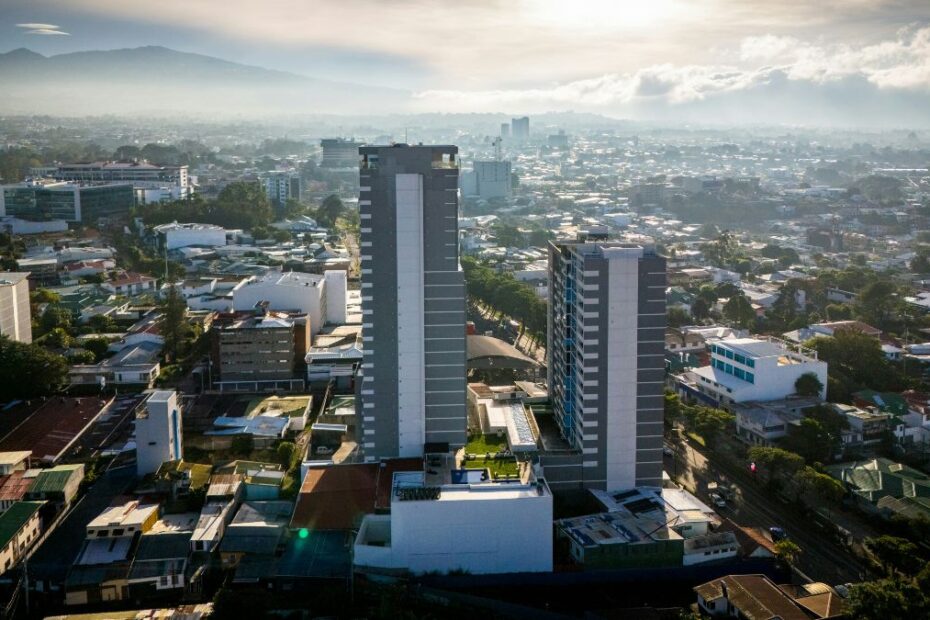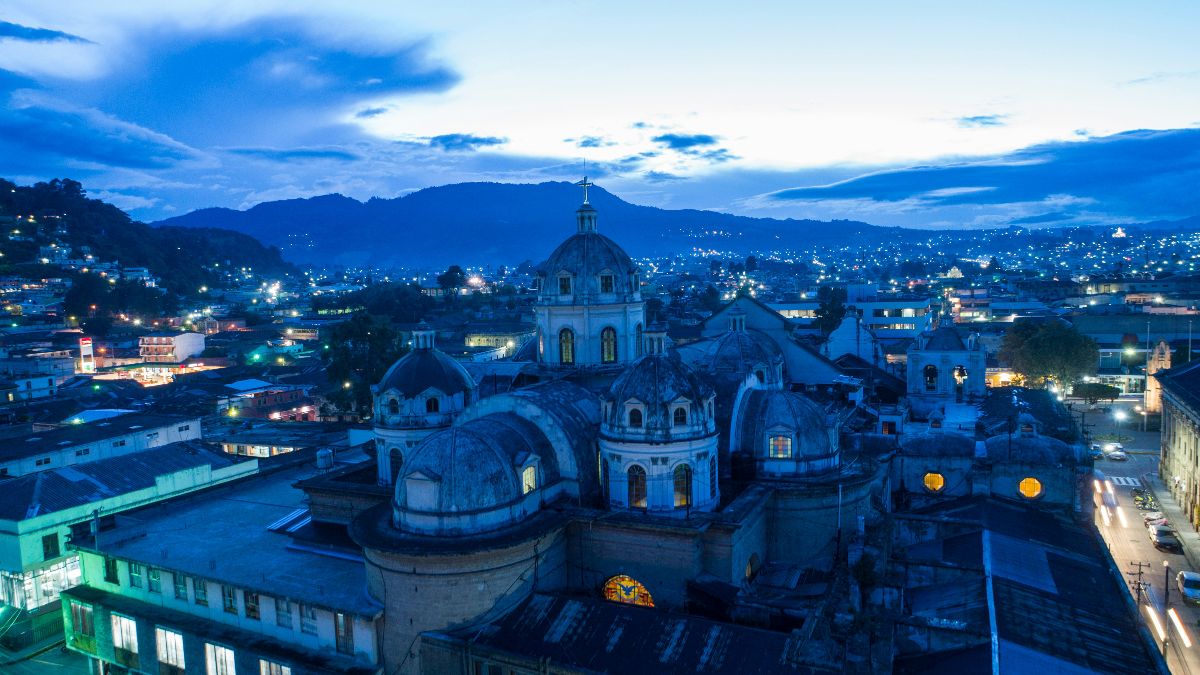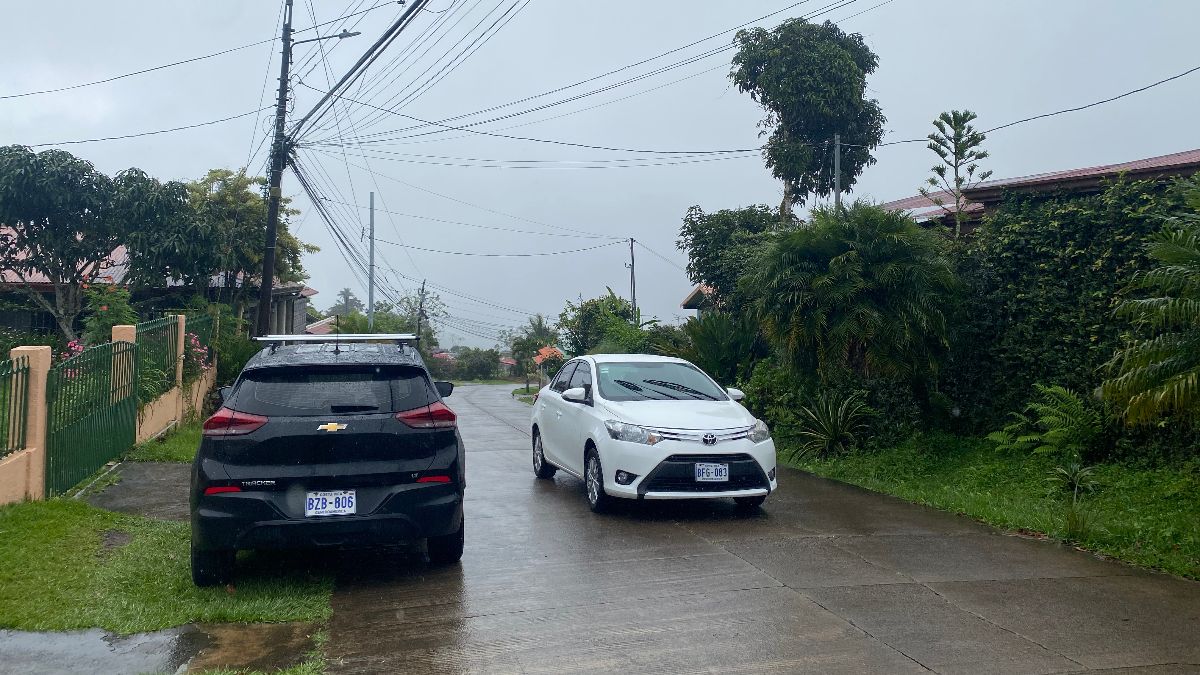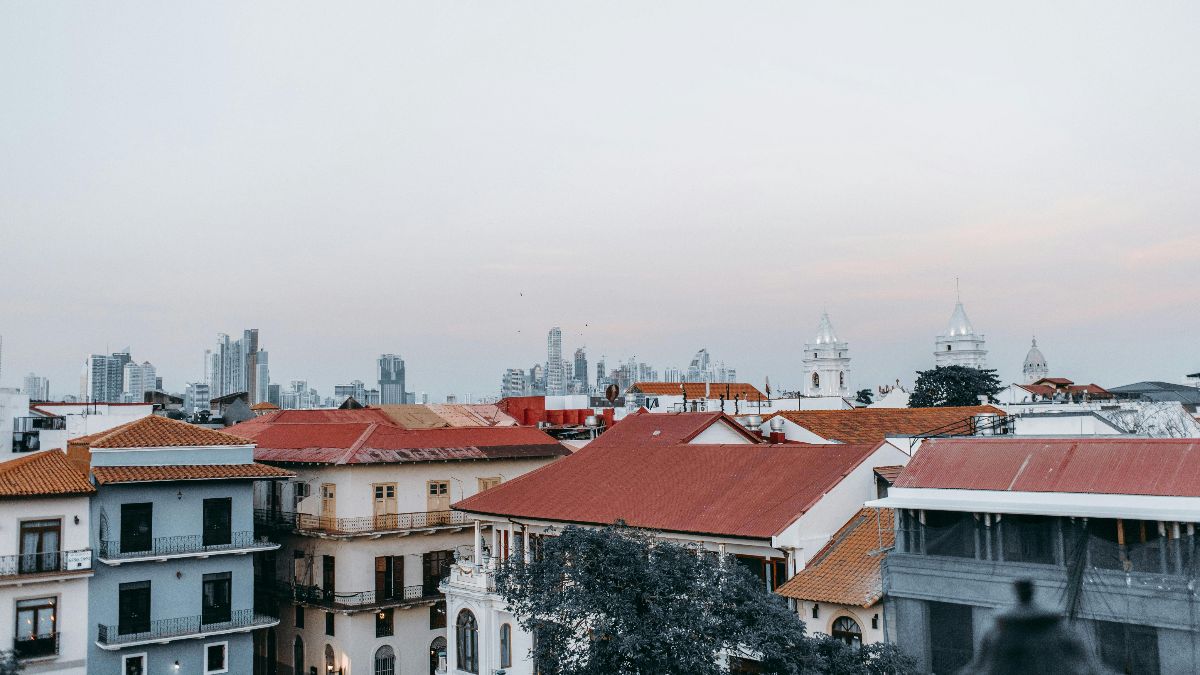Why is Costa Rica expensive? Well, the soaring cost of living crisis isn’t about gentrification… it’s about big government, says US-Costa Rican writer Jackson Sirko in this opinion piece. With 330 public institutions for five million people, Costa Rica’s bureaucratic maze makes everything expensive. Here’s why government bloat beats gentrification blame.
Gentrification is the latest buzzword, and If you’re an expat living in Costa Rica, you’ve probably heard this refrain: “Foreigners are driving up prices. Expats and digital nomads are to blame for rising rent.” And yet, if you’ve spent any real time here navigating the Costa Rican system – buying a car, importing a basic appliance, dealing with permits, or just the inflated cost of everyday consumer goods – you know something doesn’t add up.
The truth? It’s not gentrification. The real problem is Costa Rica’s bloated, inefficient, and outdated government.
A Bureaucracy so Big, it Hurts
Costa Rica is a country of just over 5 million people… and over 330 public institutions. That’s not a typo. It’s a bureaucracy built for a population several times larger. Ministries, autonomous entities, and overlapping agencies create a web of inefficiency that impacts every transaction – from buying a car to registering a business to importing a container. This veritable maze of bureaucracies, taxes, regulations, and public agencies burdens the private sector, distorts markets, and makes nearly everything more expensive than it needs to be.
And every one of those 330 agencies needs funding. Every one slows down your paperwork. Every one drives up the cost of doing business – and living.
Want to build a house? Get ready for permits on top of permits. Import a car? You’ll pay more than the car’s worth, thanks to sky-high import duties. Try to open a business? Be patient, government approval might take months. In Costa Rica, there’s always another permit. Another tax. Another office with a rubber stamp.
Yes, rents have gone up in Tamarindo. But who’s buying $14 dish soap in San Isidro? Why is gasoline, beer, cheese and clothing more expensive than in neighboring countries or even the United States? Why are construction materials triple what they cost across the border, and why do building and business permits take so long to secure? Why can I buy products made in Costa Rica for a cheaper price outside of Costa Rica?
The bottom line is high prices are due to a suffocating state that inserts itself into everything you do – and demands payment at every step.
Is investing in Costa Rica’s vacation rental market still viable? Our latest piece on the growing gentrification crisis looks at both the financial risks and social impact of foreign investment in beach communities.https://t.co/6GiFKxxSWc
— Central America Living (@VidaAmerica) April 25, 2025
Gentrification: A Convenient Distraction
Yet the media says the tourists, expats, and foreign investors are at fault. That they’re pricing people out of the market. That if they just went home, Costa Rica would be affordable again. But none of that’s true.
Prices are high because the government is big and expensive. Period. Goods are scarce because import laws are stuck in the 1970s. Paperwork takes forever because agencies overlap, many are completely redundant, and no one’s accountable. This isn’t capitalism. It’s bureaucracy gone wild.
And while it’s true that foreign investment and tourism can drive up housing prices in certain high-demand areas like Santa Teresa, Nosara, or Escazu, just like popular areas anywhere, it cannot explain why a basic blender costs double what it would in Panama, or why cars and electronics are priced beyond the reach of most families. That’s not caused by rich foreigners. It’s caused by government tariffs, licensing laws, and a broken tax system. Blaming outsiders for problems caused by bad domestic policy is a political tactic designed to deflect criticism and protect the status quo. In reality, it’s a cheap excuse that is both lazy and dishonest.
Want Proof? Look at Panama
Panama has a smaller population than Costa Rica. But guess what? Panama now gets more tourists than Costa Rica and it’s become the top retirement destination in Latin America. In fact, Panama was recently named the number one retirement destination in the world.
Why? Because it doesn’t punish people for investing. It doesn’t drown everyone in red tape. It doesn’t treat expats like villains.
Panama makes it easy to open a business, buy goods, and move money. Costa Rica makes you stand in line for weeks and pay a dozen government agencies before you can do anything.
And guess what else? Panamanians aren’t complaining about gentrification. Why? Because Panama has created an environment where growth benefits locals. It embraces investment. It welcomes retirees. It incentivizes opportunity. Its government doesn’t strangle economic activity, it facilitates it.
Oh, and here’s the part Costa Rican officials don’t want to admit, Panama is also environmentally conscious. That’s right. Panama has huge national parks, a commitment to reforestation, and an expanding network of protected marine areas. It’s investing in green energy and sustainable tourism without using environmentalism as an excuse to bloat the state.
Panama proves you can care for nature without creating a mountain of red tape.
In contrast, Costa Rica’s government doesn’t trust markets to do what they do best: allocate resources efficiently. Instead, it insists on interfering at every level. Price controls, protectionist trade policies, and centralized regulations stifle competition and drive up costs.
Costa Rica high season ends with declining visitor numbers amid concerns over affordability, competitiveness, security, global economic turbulence, and a disconnect between government and business. Can tourism in Costa Rica get back on track?https://t.co/p8jsgBz7DK
— Central America Living (@VidaAmerica) May 1, 2025
The Solution: Shrink the State
If Costa Rica wants to lower the cost of living, it needs less government, not more foreign blame. It doesn’t need more rules. It needs fewer. Above all, it doesn’t need to “protect” its people from investment – it needs to free its economy so prices can come down for everyone.
So If Costa Rica really wants to cut costs, it needs to:
- Shrink the bureaucracy
- Cut import taxes
- End the special treatment for public employees
- Let markets work
And stop shaming the very people who are building homes, opening businesses, and helping local economies grow. The sad truth is that until the governmental bureaucracy is eliminated there is no possible way for consumer prices to come down.
Wrapping Up
At the end of the day, gentrification is not behind the soaring cost of living, but it does provide a convenient scapegoat and an excuse to avoid internal change.
Costa Rica is not suffering from too much foreign investment. It’s suffering from too much government. The political class has built a system that feeds on the productive, rewards the connected, and punishes the free market.
Most of us came here because we love the country. The nature. The people. The pace of life. But we also came for opportunity and freedom. Costa Rica is a beautiful country with huge potential, but it’s choking on its own bureaucracy. While it’s a convenient scapegoat, the reality is It’s not gentrification that’s fueling the high cost of living in Costa Rica: it’s the government.
So next time someone says “Gentrification is ruining Costa Rica,” ask them how many ministries it takes to approve a home renovation. Ask why a used car costs double what it does in Panama. Ask why permits take months and taxes are endless.
Ask why, for goodness sake, a bottle of Costa Rican beer is cheaper outside of Costa Rica!
Gentrification is just the excuse. The real problem is government bloat. Costa Rica doesn’t need fewer expats; it needs fewer bureaucrats.
Jackson Sirko is a Californian-born naturalized Costa Rican living on the slopes of Volcán Poas with his family.




